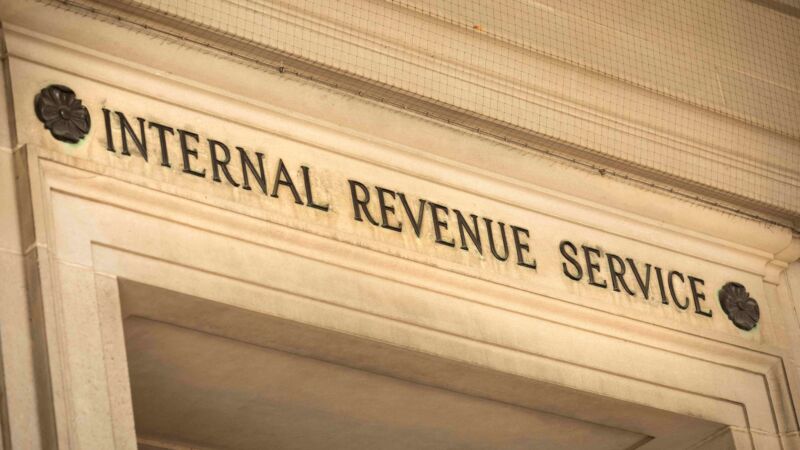In response to complexities surrounding the Employee Retention Credit (ERC), the IRS launched a second Voluntary Disclosure Program (VDP) aimed at providing clarity and assistance to businesses grappling with their claims. As the landscape of tax credits transitions, understanding the implications of this program is crucial for employers who may face uncertainty about their eligibility and potential liabilities.
The second round of the ERC VDP emerged as an essential opportunity for businesses that may have second-guessed their initial ERC claims. “The ERC voluntary disclosure program 2.0 provides a path forward where taxpayers can enter a program and have reasonable certainty that their request will be processed in a reasonable amount of time,” James Creech, Director with Baker Tilly’s tax advocacy and controversy team, said.
This program comes with the understanding that the IRS is facilitating pathways for compliance while addressing fears associated with previous claims. However, it also reflects a shift in incentives, as the current program offers a 5% lesser discount compared to its predecessor, showcasing a more stringent approach from the IRS.
“It is not surprising the second voluntary disclosure offers less monetary benefit for those participating,” Creech began. “The IRS tends to offer the best settlement terms first, and then make each following program update less beneficial to taxpayers.” He added that the IRS tends to discourage procrastination by offering less favorable terms in subsequent programs, whether for ERC, Offshore Voluntary Disclosure, or Syndicated Conservation Easement settlements.
The eligibility criteria for participation remain consistent with the first program, focusing primarily on employers who have faced significant declines in gross receipts or operational impacts due to government orders during the pandemic. The government encourages businesses to act swiftly, as engaging with the program allows participants to potentially circumvent the more stressful recapture process that could follow if they do not disclose their circumstances correctly.
“Entering the program is just step one of resolving the issue, but it is a significant step because once taxpayers know the terms, they can budget accordingly,” explains Creech. This program is specifically designed for those businesses hesitant about their claims but keen to address potential discrepancies.
However, tax professionals are cautioning businesses to remain patient as processing times may extend. “Based on what we have seen in terms of processing times from the last VDP, I would also stress patience with the IRS in sending the closing agreement paperwork,” Creech said.
A looming factor affecting businesses is the potential issuance of recapture letters from the IRS. The IRS plans to send up to 30,000 to reverse or recapture potentially more than $1 billion in improper ERC claims, with thousands more mailings on additional questionable payments being sent this fall.
These letters outline amounts owed by employers, leading to immediate tax liabilities, creating an urgent need for employers to respond quickly to avoid the collections process.
“If a taxpayer gets a recapture letter, the most important thing is to immediately contact a tax professional or the person who did the calculations,” Creech advised. “These letters have the potential to create serious problems for taxpayers who are on shaky financial footing or have cash flow issues.”
Creech said that employers who receive these letters typically have a short window – around 30 days – to contest the amounts indicated, making swift action essential to protect their interests.
As the IRS continues to implement new strategies regarding the ERC, it is important for businesses and tax professionals to understand the appeal rights and develop a proactive strategy around ERC claims to help avoid potential pitfalls.
While the second VDP presents another avenue for compliance, the tens of thousands of recapture letters signify a tightening of oversight around the ERC that could impact many employers. Ultimately, the optimal approach for businesses is to stay informed and maintain clear records of their eligibility to safeguard against future complications regarding the ERC.








